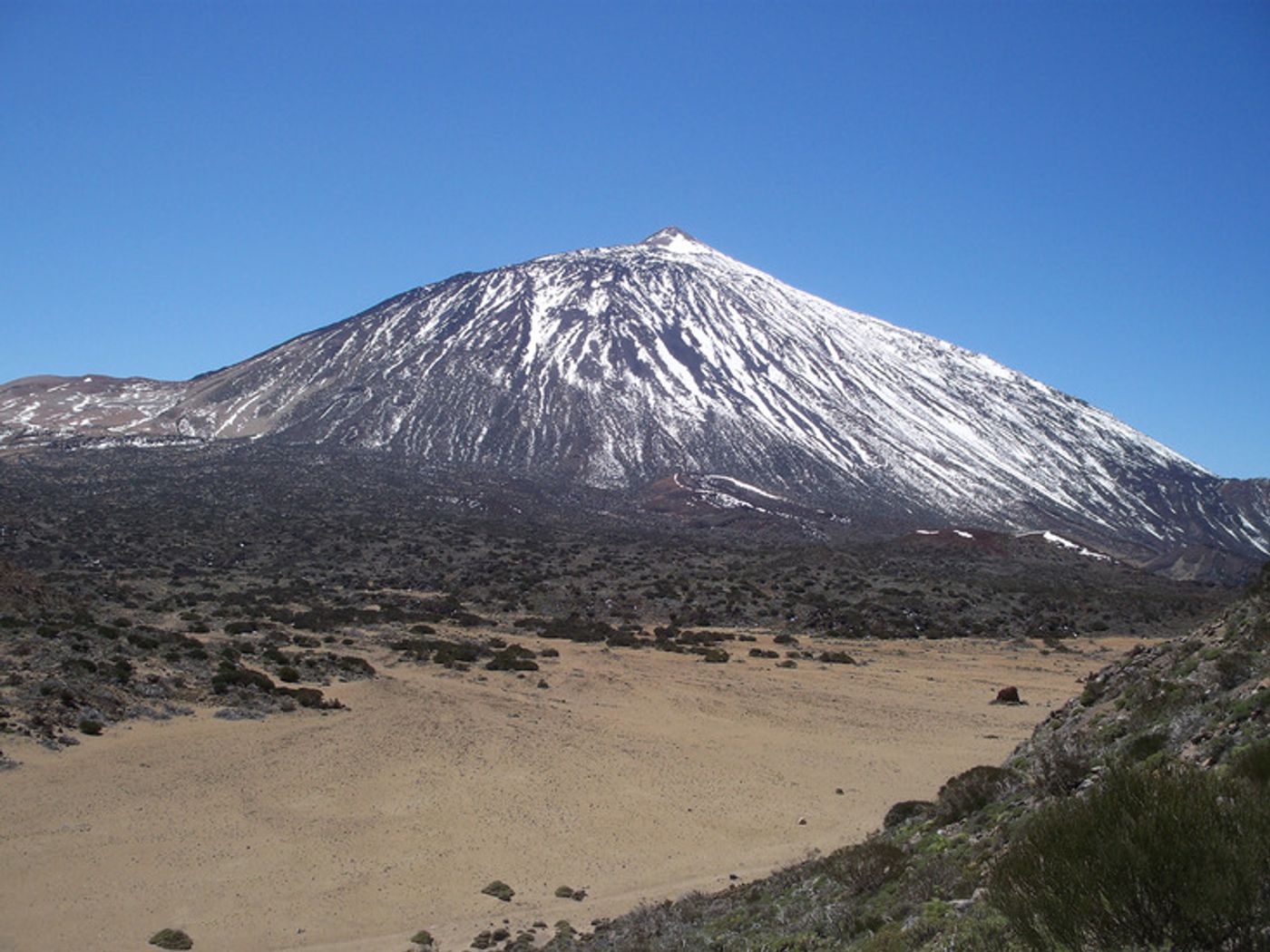Landslides a catalysis for volcanic eruptions, not the other way around
Scientists have long understood the correlation between volcanic eruptions that trigger landslides. But recent research from a study of one of the largest volcanoes on Earth suggests that the street doesn’t only go one way; landslides may also trigger eruptions. The study, published in Nature Scientific Reports, looked at Teide, a volcano that sits at 12,198 feet in Tenerife in the Canary Islands of Spain.
Like many large volcanoes, Teide has seen its fair share of seismic evolution, with cycles of eruptions, collapse, and regrowth. This has allowed scientists from the National Oceanography Centre (NOC) to look at deposits from previous submarine landslides, from which they determined that the beginning stages of landslides have happened underwater and – this is the key part – before the eruptions.
They figured this out by analyzing the thin volcanic clay layers between landslide and eruption deposits. Looking at these deposits on a timescale continuum with the knowledge that it takes a certain amount of time for clay to settle out of the ocean, the scientists could approximate the amount of time between the first underwater landslide and following eruption. According to their findings, there were roughly 10 hours in between the events.
The fact that the landslide did not trigger an eruption immediately is the key point to understand. In past seismic events such as those at Mt. St. Helens, scientists have observed immediate consequences. Dr. James Hunt, the lead author of the research, explained "Crucially, this new research shows that after the initial submarine landslide there could be between ten hours to several weeks until the eruption is finally triggered -- very different from the near-instantaneous landslide triggering of the 1980 Mt St Helens eruption. This information could help inform hazard mitigation strategies for volcanoes similar to Teide, such as Mt St Helens or Montserrat."
As the authors write in their study, “This time lag succeeding landslide-generated static decompression has implications for the response of magmatic systems to un-roofing and poses a significant implication for ocean island volcanism and civil emergency planning.” The team hopes that this new information will help shed light on volcanic eruptions and provide a new depth to geohazard assessment and planning in the future.
Sources: Science Daily, Nature Scientific Reports









